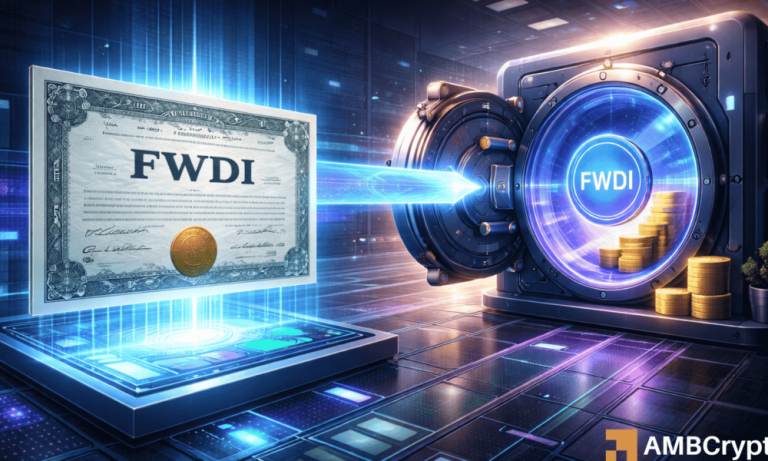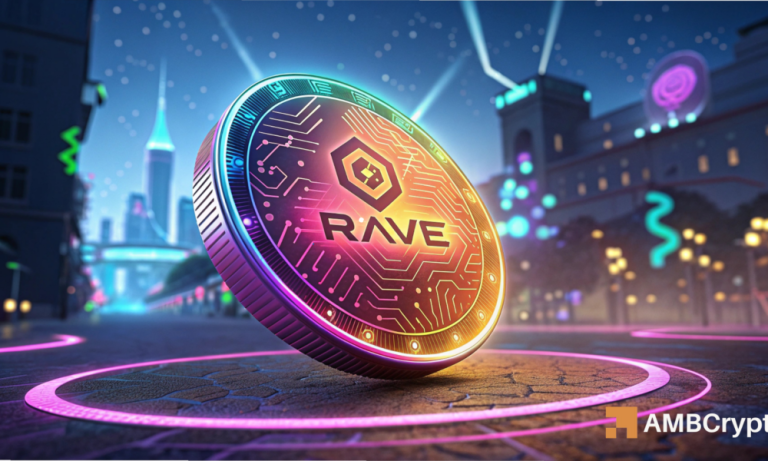Understanding the Importance of Rust Repair
Rust is not just a superficial issue; it can lead to serious damage if left untreated. Rust weakens the structural integrity of your vehicle and can result in costly repairs down the line. By addressing rust spots early, you can extend the lifespan of your car and maintain its value.
How to Identify Rust Damage
Regular inspections are key. Look for signs of rust on the body of your vehicle, especially around the wheel wells, under the doors, and on the chassis. If you notice bubbling paint or corrosion, it may be time for repairs.
DIY Rust Repair Steps
Gather Your Materials
To tackle rust repair yourself, you’ll need:
– Sandpaper or a wire brush
– Rust-inhibiting primer
– Touch-up paint or automotive paint
– Clear coat for protection
Step-by-Step Process
Begin by sanding away the rust until you hit clean metal. Clean the area with a degreaser, then apply the rust-inhibiting primer. Once dry, use touch-up paint to match your vehicle’s color, and finish with a clear coat for durability.
When to Seek Professional Help
If the rust damage is extensive or in critical structural areas, it may be best to consult a professional. They can provide a more thorough repair that ensures your vehicle remains safe and roadworthy.
Recommended Product
For effective rust prevention, consider using the CRC 3-36 Multi-Purpose Get-Back Anti-Rust Spray. This product helps create a protective barrier against rust and corrosion, keeping your vehicle looking new.
Conclusion
Addressing rust damage is essential for maintaining your vehicle’s condition and value. By following these tips, you can effectively manage rust issues and prolong the life of your car.






